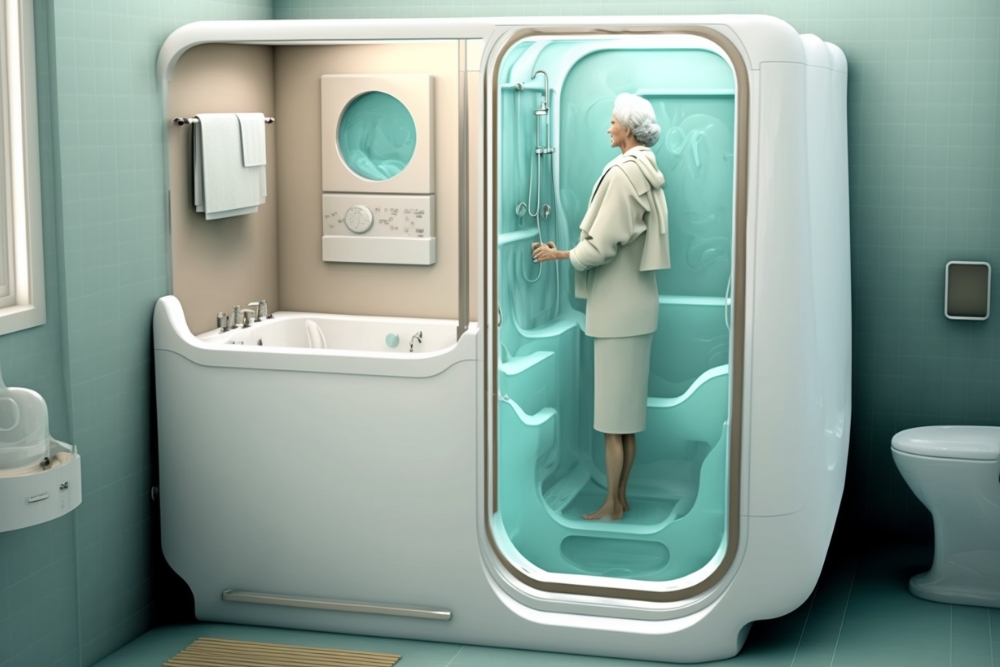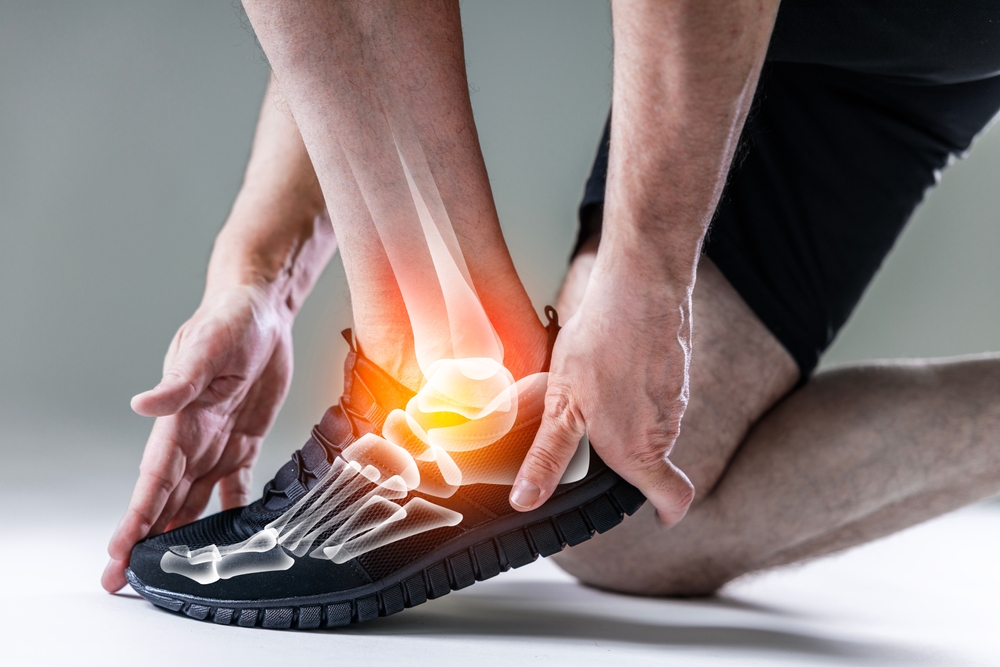WHAT IS THIS NEW KITCHEN GADGET OLDER ADULTS ARE NOTICING IN 2025
As 2025 unfolds, kitchens are being transformed by tools and gadgets built for ease, comfort, and modern style. The most talked-about devices are those that merge practicality with design appeal. Older adults, in particular, appreciate how these innovations streamline everyday cooking without overcomplicating it. Rather than offering miracles, they show how technology continues to shape kitchens into smarter, more user-friendly spaces.

The kitchen technology landscape has evolved dramatically, and older adults are among the most enthusiastic adopters of certain innovations designed with their needs in mind. As manufacturers recognize the growing senior demographic, they are developing gadgets that prioritize accessibility, safety, and simplicity without sacrificing modern conveniences.
What Are the New Kitchen Gadgets 2025 Trends for Seniors
This year’s kitchen innovations reflect a clear shift toward user-friendly design. Touchless faucets with temperature controls, automatic jar openers with adjustable grip settings, and lightweight electric can openers are becoming standard in many senior households. Voice-controlled cooking timers and recipe assistants eliminate the need for small buttons or complex interfaces. Induction cooktops with automatic shut-off features provide peace of mind, while large-display digital measuring cups ensure accuracy without squinting. These devices represent a thoughtful blend of technology and practicality that addresses real challenges faced during daily meal preparation.
How Smart Kitchen Devices for Older Adults Enhance Daily Cooking
Smart technology has made significant inroads into senior-friendly kitchen design. Wi-Fi-enabled slow cookers allow remote monitoring and adjustment through smartphone apps with simplified interfaces. Smart refrigerators with internal cameras help users check contents without opening doors repeatedly, reducing physical strain. Motion-sensor lighting under cabinets improves visibility without fumbling for switches. Voice-activated assistants like Amazon Alexa or Google Home can set timers, convert measurements, and provide step-by-step cooking instructions hands-free. These intelligent devices reduce cognitive load and physical effort, making cooking more enjoyable and less stressful for older adults managing various health considerations.
Which Cooking Tools Make Meal Prep Easier for Aging Populations
Beyond high-tech solutions, several straightforward tools are gaining popularity among older adults. Ergonomic knives with cushioned, non-slip handles reduce hand fatigue and improve control. Electric food choppers eliminate repetitive cutting motions that can aggravate arthritis. One-touch blenders with pre-programmed settings simplify smoothie and soup preparation. Silicone baking mats replace the need for greasing pans, while magnetic measuring spoons attach to metal surfaces for easy access. Lightweight cookware with stay-cool handles prevents burns and reduces the risk of dropping heavy pots. These practical innovations demonstrate that effective kitchen aids do not always require complex technology—sometimes simple ergonomic improvements make the biggest difference.
Modern Kitchen Technology and Design Principles for Accessibility
Contemporary kitchen design increasingly incorporates universal accessibility principles that benefit users of all ages. Pull-down shelving systems bring items within reach without climbing. Drawer-style dishwashers at counter height eliminate bending. Touchless trash cans open automatically, and hands-free soap dispensers reduce mess. Contrasting colors between countertops and appliances improve visual distinction for those with declining eyesight. Lever-style handles on cabinets and appliances require less grip strength than traditional knobs. These design considerations create kitchens that accommodate changing physical abilities while maintaining aesthetic appeal and functionality for all household members.
Kitchen Tools That Are Changing Senior Lives in 2025
Several specific gadgets have emerged as particularly transformative for older adults this year. Electric jar openers with one-button operation tackle stubborn lids effortlessly. Automatic pan stirrers prevent the need for constant standing and stirring. Digital meat thermometers with preset temperature alerts ensure food safety without guesswork. Cordless electric kettles with automatic shut-off features eliminate boil-over risks. Portion control plates with divided sections help manage dietary needs visually. These tools address common pain points—limited grip strength, balance concerns, memory challenges, and dietary management—that can make cooking feel overwhelming. By removing these barriers, they help older adults maintain independence and continue enjoying home-cooked meals.
| Product/Service | Provider | Key Features | Cost Estimation |
|---|---|---|---|
| Voice-Activated Smart Display | Amazon Echo Show | Hands-free recipes, timers, video calls | $90-$250 |
| Automatic Jar Opener | Hamilton Beach | One-touch operation, fits multiple sizes | $20-$35 |
| Touchless Kitchen Faucet | Moen | Motion sensor, temperature memory | $150-$400 |
| Induction Cooktop with Auto Shutoff | Duxtop | Portable, timer function, safety features | $60-$120 |
| Electric Can Opener | Cuisinart | Hands-free, ergonomic design | $25-$50 |
| Smart Slow Cooker | Crock-Pot | App control, programmable settings | $80-$130 |
Prices, rates, or cost estimates mentioned in this article are based on the latest available information but may change over time. Independent research is advised before making financial decisions.
How These Innovations Support Independent Living
The broader impact of these kitchen innovations extends beyond convenience. For many older adults, the ability to prepare their own meals represents autonomy, dignity, and quality of life. When physical limitations make traditional cooking methods difficult or dangerous, adaptive technology bridges the gap between dependence and independence. Families report reduced anxiety about safety concerns like forgotten burners or difficulty opening containers. Healthcare professionals recognize that proper nutrition supported by accessible cooking tools contributes to better health outcomes. As the population ages, these thoughtful kitchen innovations play an increasingly important role in enabling seniors to age in place comfortably within their own homes.
The kitchen gadgets gaining attention among older adults in 2025 reflect a welcome evolution in product design—one that prioritizes real human needs over flashy features. Whether through sophisticated smart technology or elegantly simple ergonomic improvements, these tools are removing barriers and restoring joy to the cooking experience. As manufacturers continue recognizing this demographic’s specific requirements, the future of kitchen innovation looks increasingly inclusive, accessible, and focused on enhancing daily life for users of all abilities and ages.




